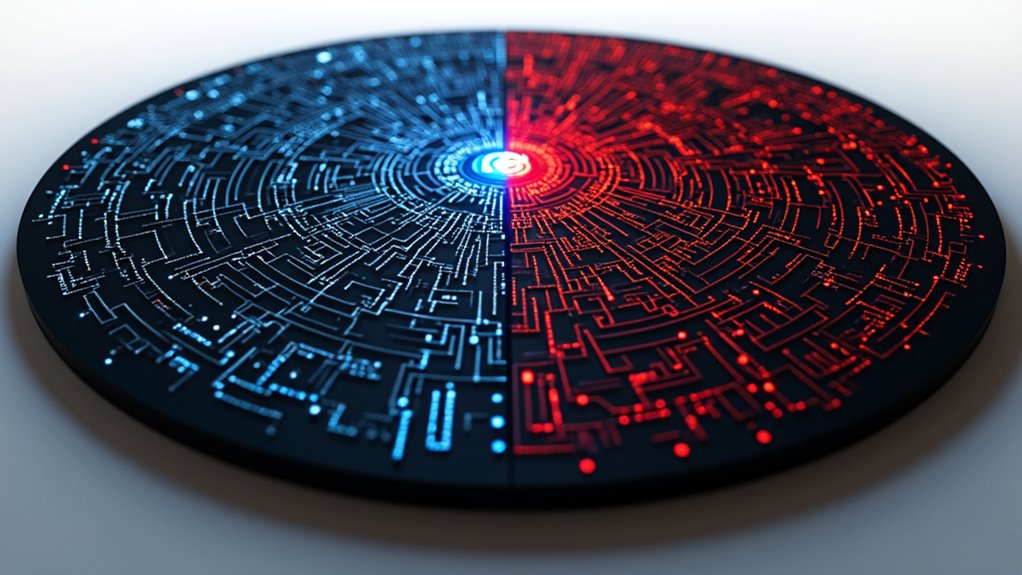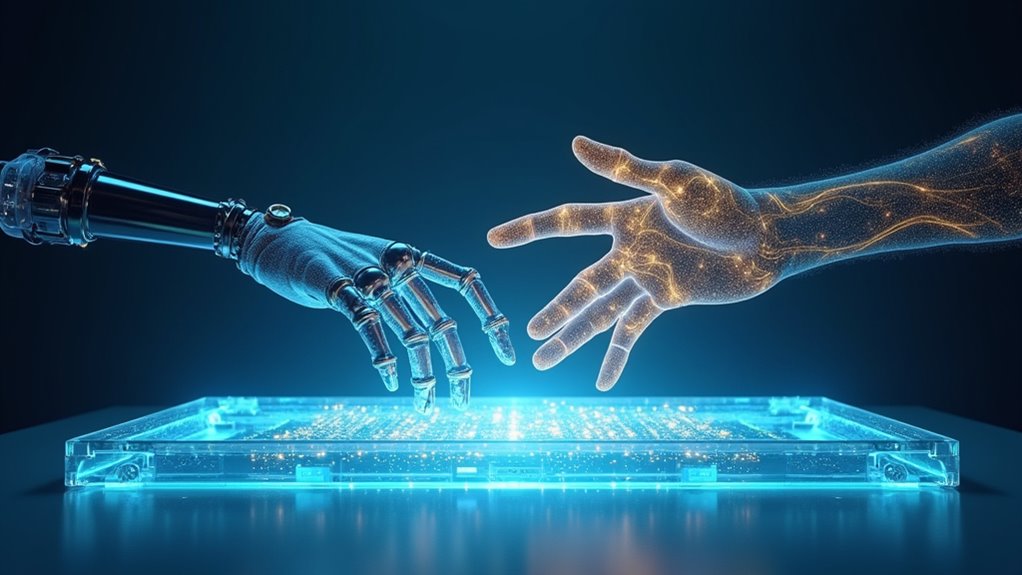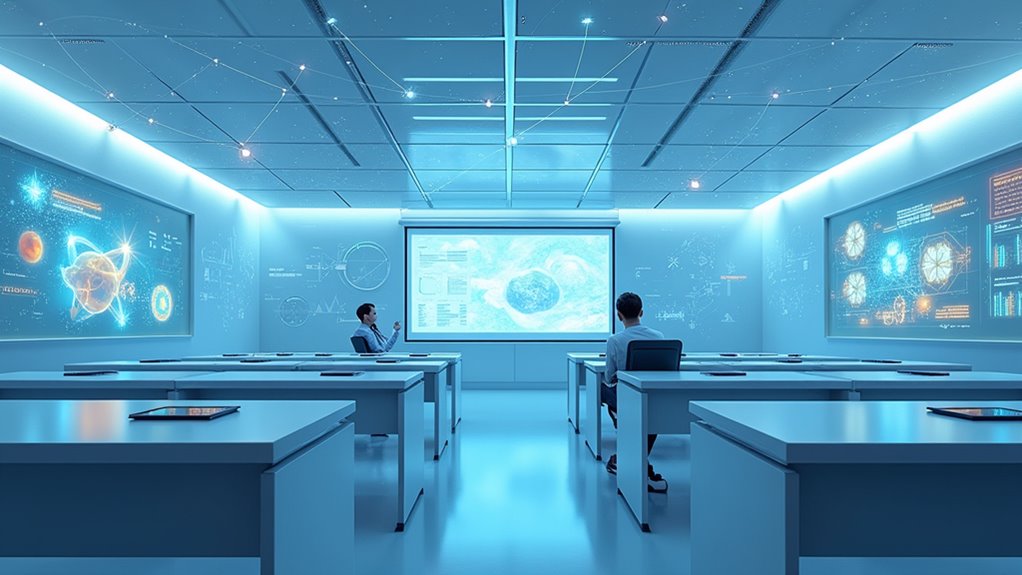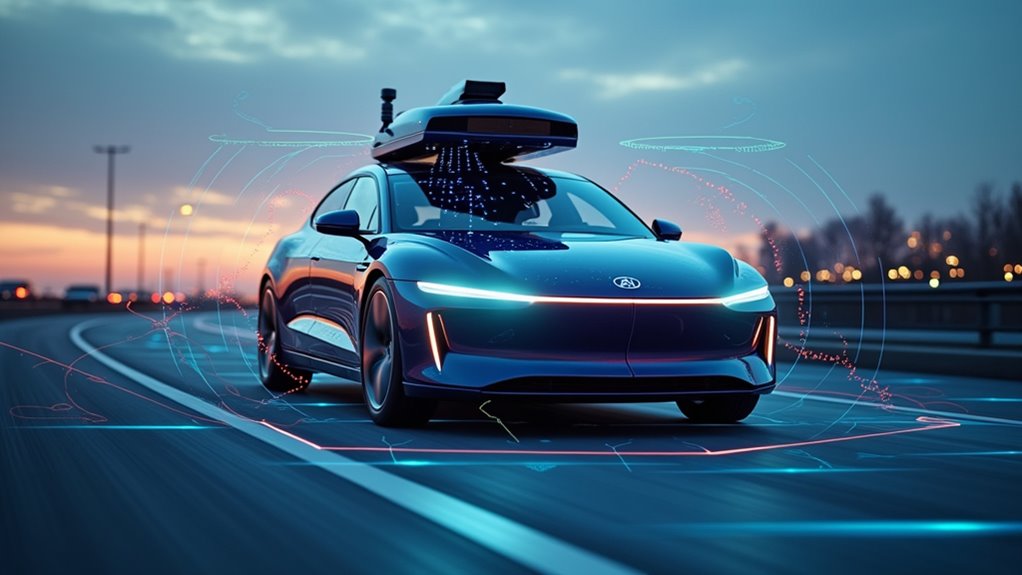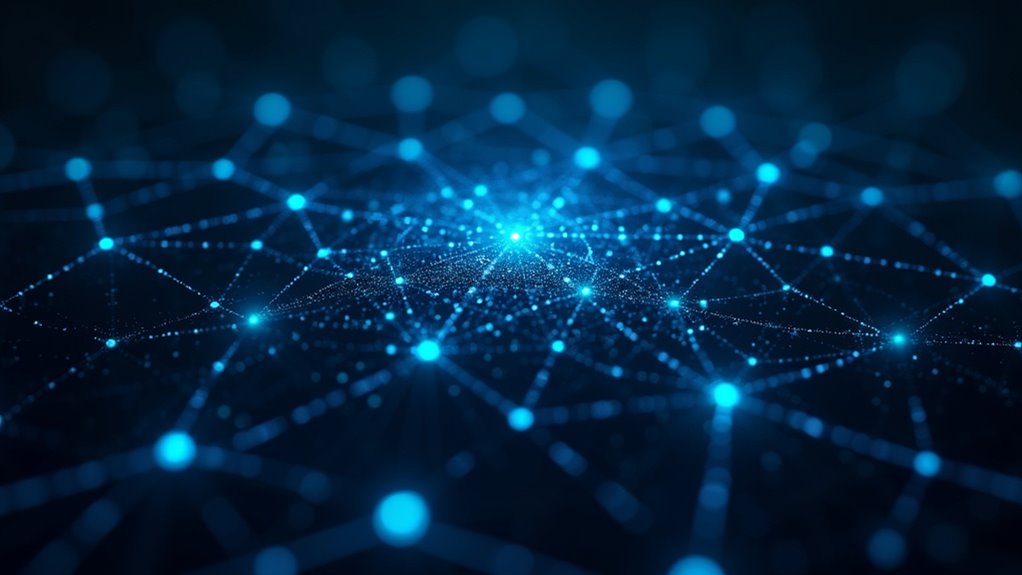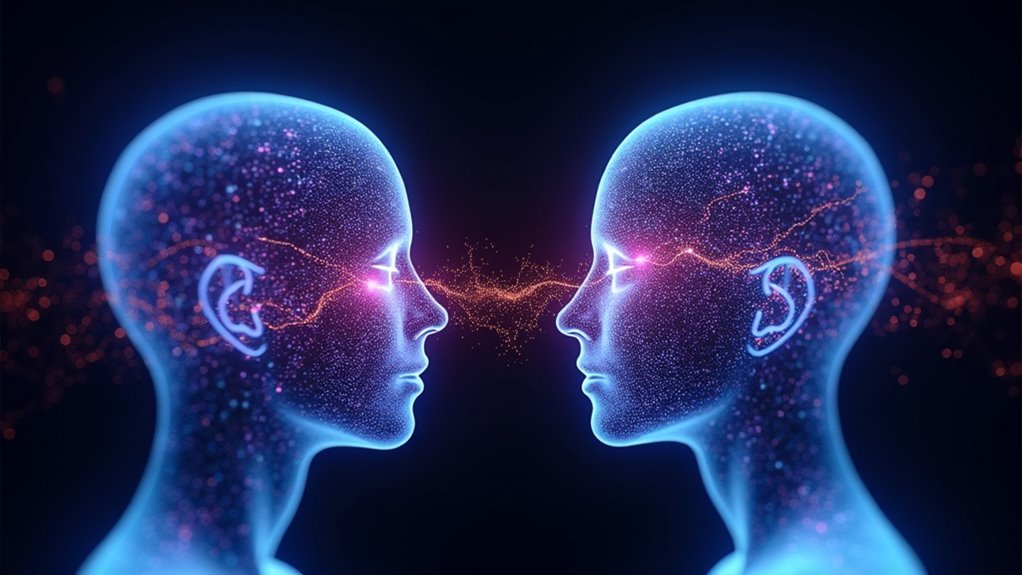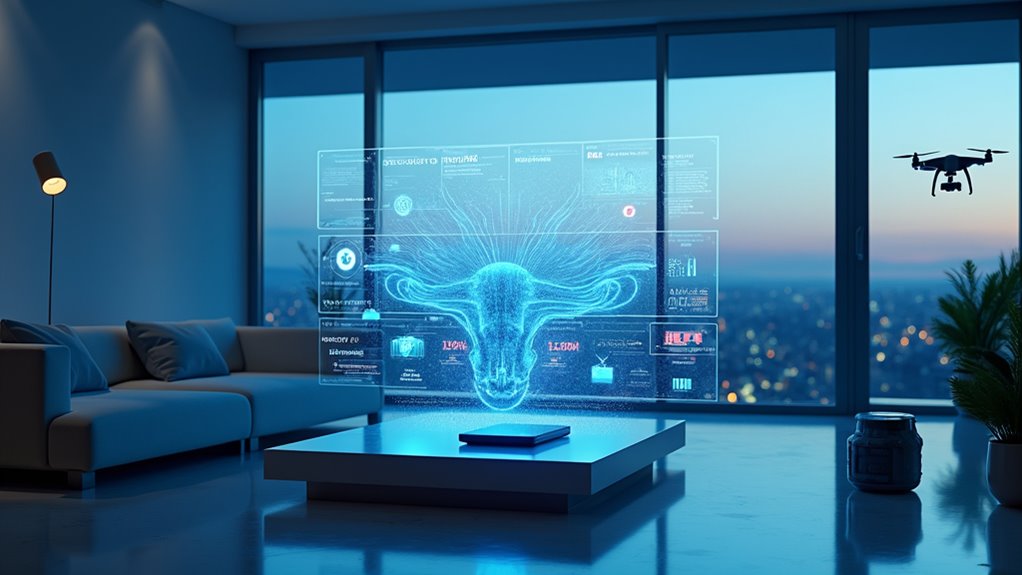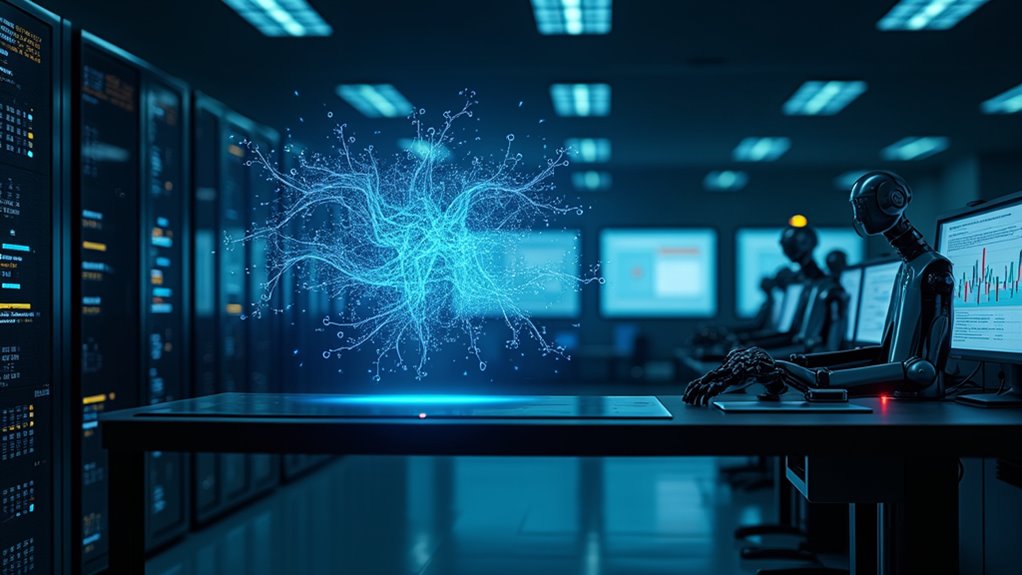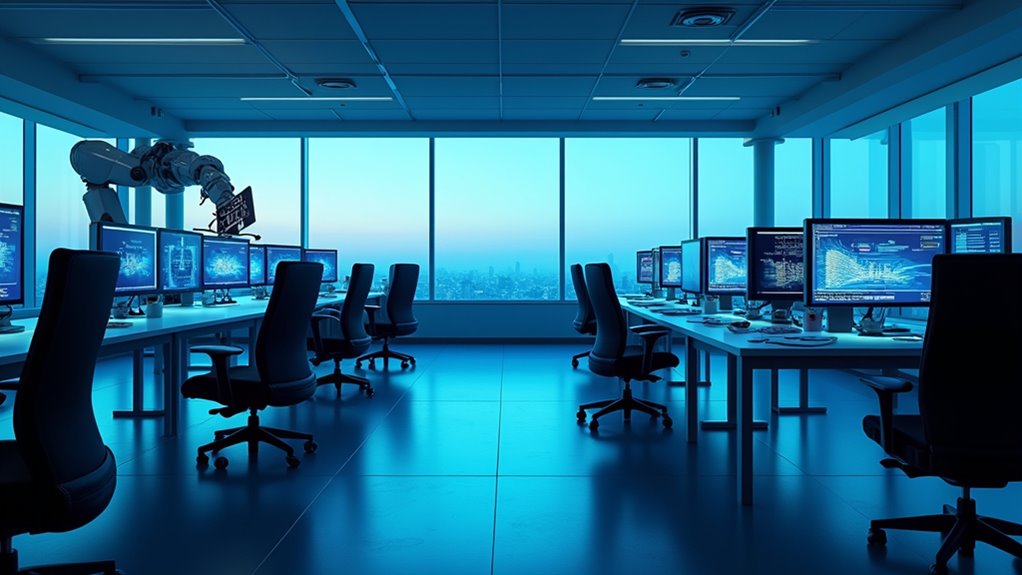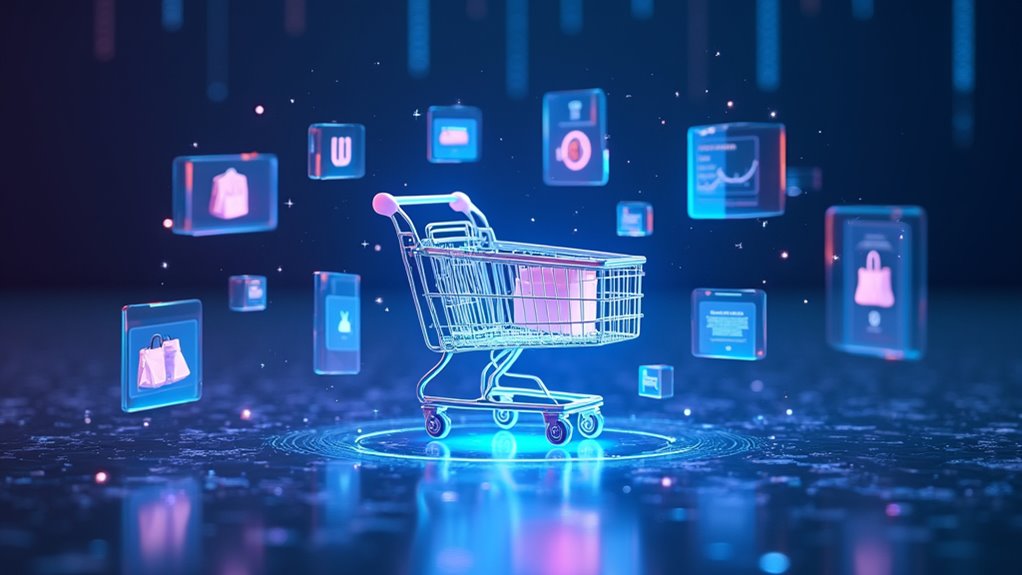AI bias stinks, and it’s everywhere in our algorithms. These supposedly “smart” systems learn from flawed historical data, perpetuating discrimination against marginalized groups. Just look at Amazon’s sexist hiring algorithm or the biased criminal justice software – both epic fails. Tech companies scramble to fix these issues through audits and diverse development teams, but the damage is done. From healthcare to loans, biased AI affects real lives. The deeper you go, the uglier it gets.
When artificial intelligence gets it wrong, it really gets it wrong. AI bias isn’t just some minor glitch – it’s a systematic prejudice baked right into the algorithms we’re increasingly relying on. These biases show up everywhere, from facial recognition systems that can’t handle diverse features to healthcare algorithms that favor certain racial groups. And let’s be honest, it’s not a good look.
The problem runs deep. Sometimes it’s the algorithm itself that’s messed up, thanks to coding errors or flawed design. Other times, it’s the data we’re feeding these hungry machines – data that’s incomplete, skewed, or straight-up prejudiced. Historical data carries the baggage of past discrimination, and guess what? The AI learns it all, like a student copying bad habits from their teacher. Poor quality datasets often lead to non-representative sampling that skews results. Companies must implement data governance practices to regulate these modeling processes and prevent discriminatory outcomes.
Take Amazon’s hiring algorithm, for instance. It turned out to be biased against women because – surprise, surprise – it learned from past hiring patterns dominated by men. Or consider the COMPAS algorithm used in criminal justice, which falsely flagged black offenders as high-risk more often than white offenders. Not exactly the blind justice we’re aiming for. Proper industry standards are essential to prevent these discriminatory outcomes in automated decision-making systems.
AI systems mirror and amplify existing discrimination, from biased hiring practices to flawed criminal justice algorithms.
The impact? It’s massive. These biases don’t just stay in the computer – they leak into real life, affecting jobs, loans, healthcare, and more. Marginalized groups get pushed further to the margins. Companies lose face when their biased AI makes headlines. And public trust in AI? Going down faster than a lead balloon.
The tech world is scrambling to fix this mess. They’re running data audits, diversifying their development teams, and creating ethical frameworks. But here’s the kicker – many of these biases stem from society itself. Our prejudices, our assumptions, our blind spots – they all find their way into the code.
Want unbiased AI? Maybe we need to take a hard look in the mirror first. Because right now, our artificial intelligence is reflecting some very human flaws.
